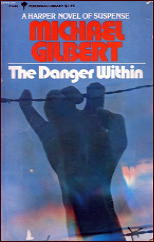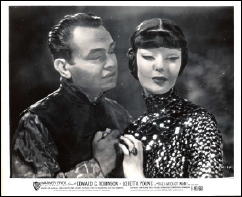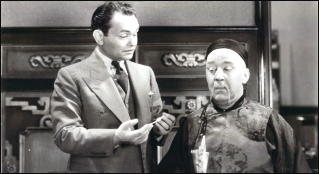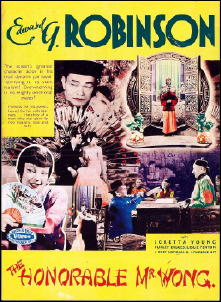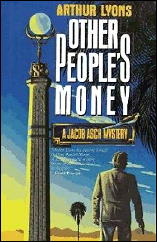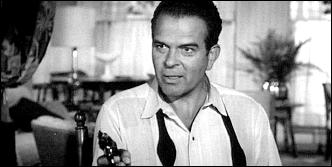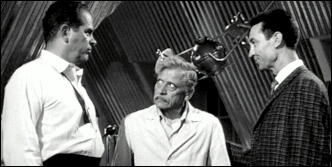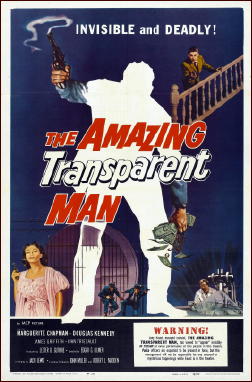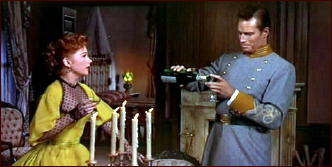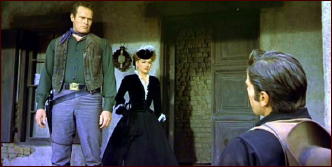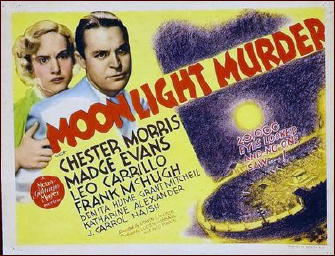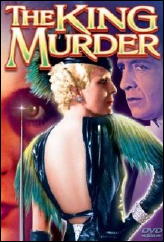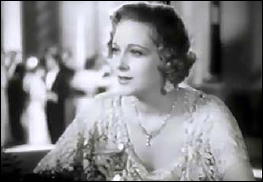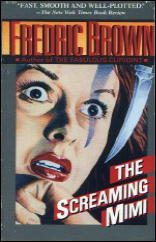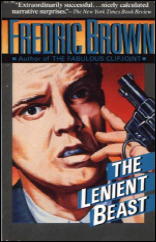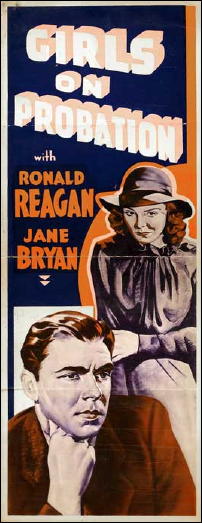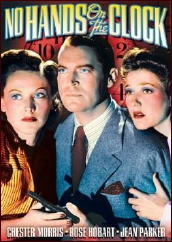Mon 7 Jul 2014
Reviewed by Marvin Lachman: Five by MICHAEL GILBERT.
Posted by Steve under Authors , Reviews[7] Comments
by Marv Lachman
Five recent reprints from Perennial Library [as of 1989] testify to the remarkable quantity and quality we have come to expect from Michael Gilbert. His second mystery, He Didn’t Mind Danger (1947), has been reprinted in this country in paper for the first time in more than twenty years; Lancer had published it under its British title, They Never Looked Inside.
We follow Major Angus McMann, who is shaken out of his boredom in post-war London when he gets involved with a particularly well organized gang of jewel thieves and finds himself not only helping Scotland Yard but even having his military commission reactivated. Some of Gilbert’s later work might be smoother but he has never been livelier, nor more readable.
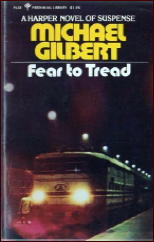
The Danger Within (1952) has a most unusual setting, an Italian prisoner-of-war camp for British soldiers, but it is one Gilbert knows full well because he was a captive during World War II, until he escaped. There is both humor and suspense as the British plan an escape, only to find there is a traitor in their midst whose identity must be detected.
Death Has Deep Roots (1951) also has its roots in World War II. A British attorney (Gilbert’s profession) is asked to defend a young French woman accused of murdering her lover, a war hero. The legal pyrotechnics are well handled, but the book succeeds most notably with its compassionate picture of the characters.
World War II’s black market continued during England’s post-war austerity far longer than in the United States, and in Fear to Tread (1953) a British schoolmaster innocently becomes involved with a criminal gang. Such is Gilbert’s skill that we identify compulsively with this amateur sleuth as he battles them.
Blood and Judgment (1951) is an early case for one of Gilbert’s few professional detectives, Inspector (then Sergeant) Petrella of Q Division. Gilbert’s first series detective, Inspector Hazelrigg from Scotland Yard, was very intelligent but a bit bland. Petrella is young, enthusiastic, error-prone, but ultimately a hero who shows that, on the few occasions he essayed them, Gilbert was one of the best writers of police procedurals.
